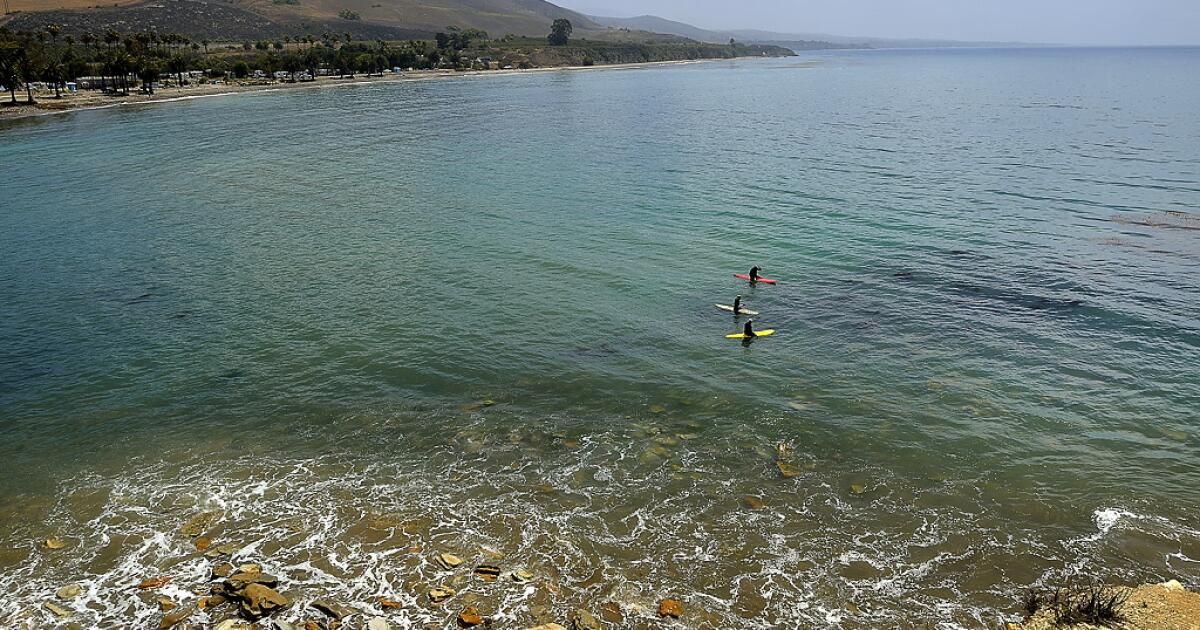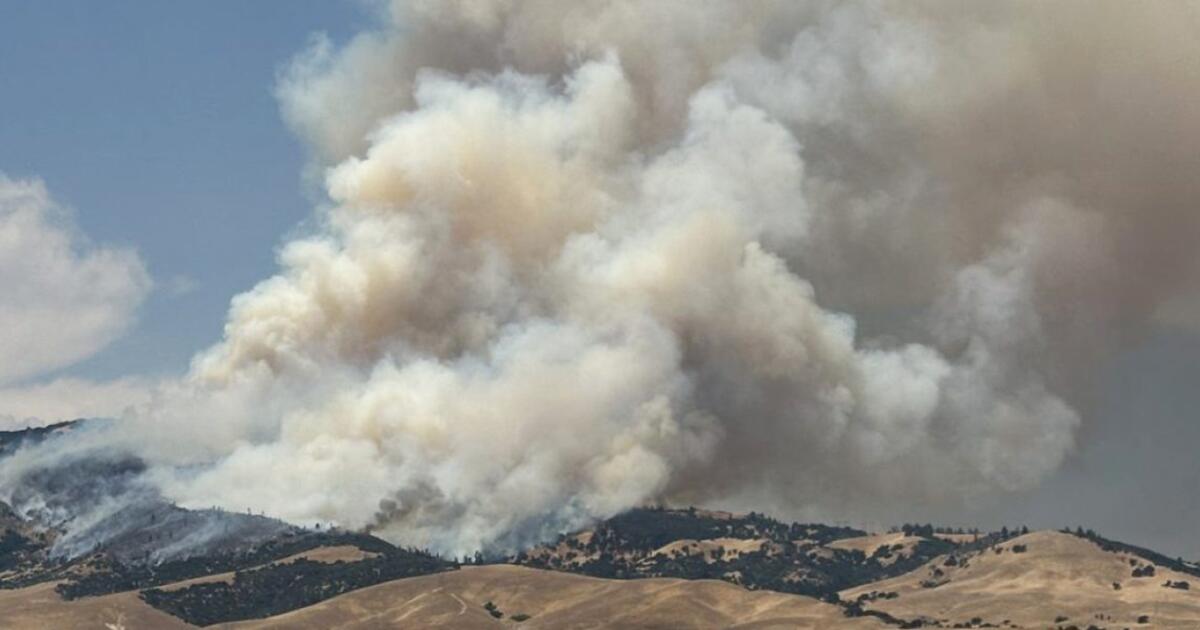One of California's most popular state beaches in Santa Barbara County remains closed as crews repair extensive damage from the winter storm, but officials hope to reopen it later this summer.
Refugio State Beach, on a pristine stretch of coastline, was inundated by extreme rains and flooding in February that caused a “total failure” of a sewage system, resulting in numerous sinkholes, according to the state park website.
Although there is no official reopening date, parks officials are “hopeful that Refugio State Beach will reopen sometime this summer,” said Jorge Moreno, southern communications manager for state parks.
The culvert, installed when Highway 101 was built in the 1950s, failed due to corrosion, Moreno said in an email. The pipe rusted and the water traveled down the sewer.
The State Parks department has been working with Santa Barbara County Public Works to replace the culvert, which began June 5. The State Parks department completed an environmental compliance review and obtained permits from regulatory agencies, Moreno said. As a result of the environmental review process, work is being completed in consultation with local tribal governments and under the direction of State Parks archaeologists.
In addition to the culvert damage at the state beach, 10 Canary Island date palms were felled this winter and a contractor removed 14 more under the direction of a forestry engineer, Moreno said. There are more than 200 Canarian date palms in Refugio.
The state beach has suffered other damage in recent years. The storms that hit in January 2023 caused $7.5 million in damage to Refugio, according to a damage estimate included in a report submitted by the state parks department to the Federal Emergency Management Agency as part of efforts from the state to get federal help for repairs.
Refugio State Beach also faces increasing threats from climate change, prompting the State Parks agency to develop an updated master plan for Refugio along with nearby El Capitan State Beach and Gaviota State Park. The new plan will include recommendations to modernize park infrastructure, adapt to the effects of climate change, and provide sustainable recreational opportunities.
“All three parks have undergone many changes since the original General Plans were adopted, and the guidance provided in the 1979 plans is now outdated,” according to a statement from the State Parks agency. “Ongoing damage caused by severe winter storms, looming sea level rise and other impacts of climate change, aging infrastructure, significant new property acquisition, high demand for recreation, and the need to protect “natural, cultural and recreational resources contribute to the need for updated plans.”












